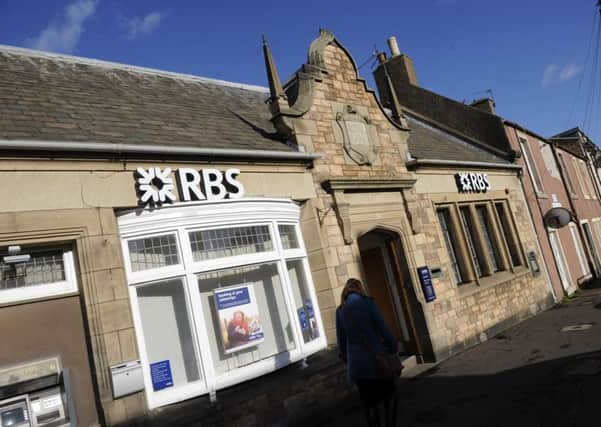Scott Reid: How will banks tackle IT meltdowns?


ROYAL Bank of Scotland’s latest IT hiccup, which saw thousands of customers suffer delayed payments, will have left plenty of red faces at Gogarburn. The fiasco is the latest in a string of embarrassing technical glitches to befall the Scots financial giant in recent times.
Those culminated in the state-backed lender being hit with a bumper £56 million fine last November over an earlier computer failure that saw as many as 6.5 million customers unable to make payments for as long as three weeks.
Advertisement
Hide AdAdvertisement
Hide AdNot that RBS is alone in suffering from IT meltdowns. Just days before its latest blunder, the Nationwide building society suffered a two-hour blackout which resulted in thousands of customers left in limbo.
Of course, computers will always go wrong. Their users will jump up and down for a bit, hit restart and go make a cup of tea. The consequences are rarely catastrophic. What these banking balls-ups have exposed is just how creaking some of the IT infrastructures are. Which is worrying, given the frantic pace at which the industry is moving to digital “solutions” to allow us to transact.
There is some irony that one of the first courses of action taken by customers affected by IT glitches is to head for their nearest high street branch. Providing it still exists. The big banks have been wielding the axe for some time now and their already slimmed down networks look certain to become even leaner.
Truth be told, they have been on a stay of execution for some years. The writing was on the (hole in the) wall as soon as On the Buses star Reg Varney was snapped making the world’s first withdrawal from a cash machine back in 1967.
For today’s smartphone-totting, app-happy consumers, trips to the bank are becoming increasingly rare. Even paying in a cheque – one of the few links with the pre-ATM, pre-internet age – looks like heading the way of the dodo.
Somewhat overshadowed by the IT woes at its Scottish peer, Lloyds last week unveiled details of a pilot scheme that will enable customers to pay in cheques using their mobile. The idea being that you take a snap or two and then beam them over via a secure banking app for clearance.
The initiative has merit. When paper cheques are paid into banks, they end up going on a journey around the country, travelling to the clearing centres of both the bank collecting the cheque and the paying bank so that sort codes, account numbers, and signatures can be checked. It’s a frightfully 19th century procedure in a 21st century connected world.
If the pilot proves successful, another nail will have been hammered into the bank branch coffin. While it is reassuring to see Barclays, Bank of Scotland and HSBC invest in city centre prime locations such as Edinburgh’s Princes Street, many towns and communities are losing theirs.
Banks need to take a long hard look at what they mean by customer service, or there will be nowhere to turn when all that fancy tech goes Pete Tong. «
• Twitter: @scottjamesreid